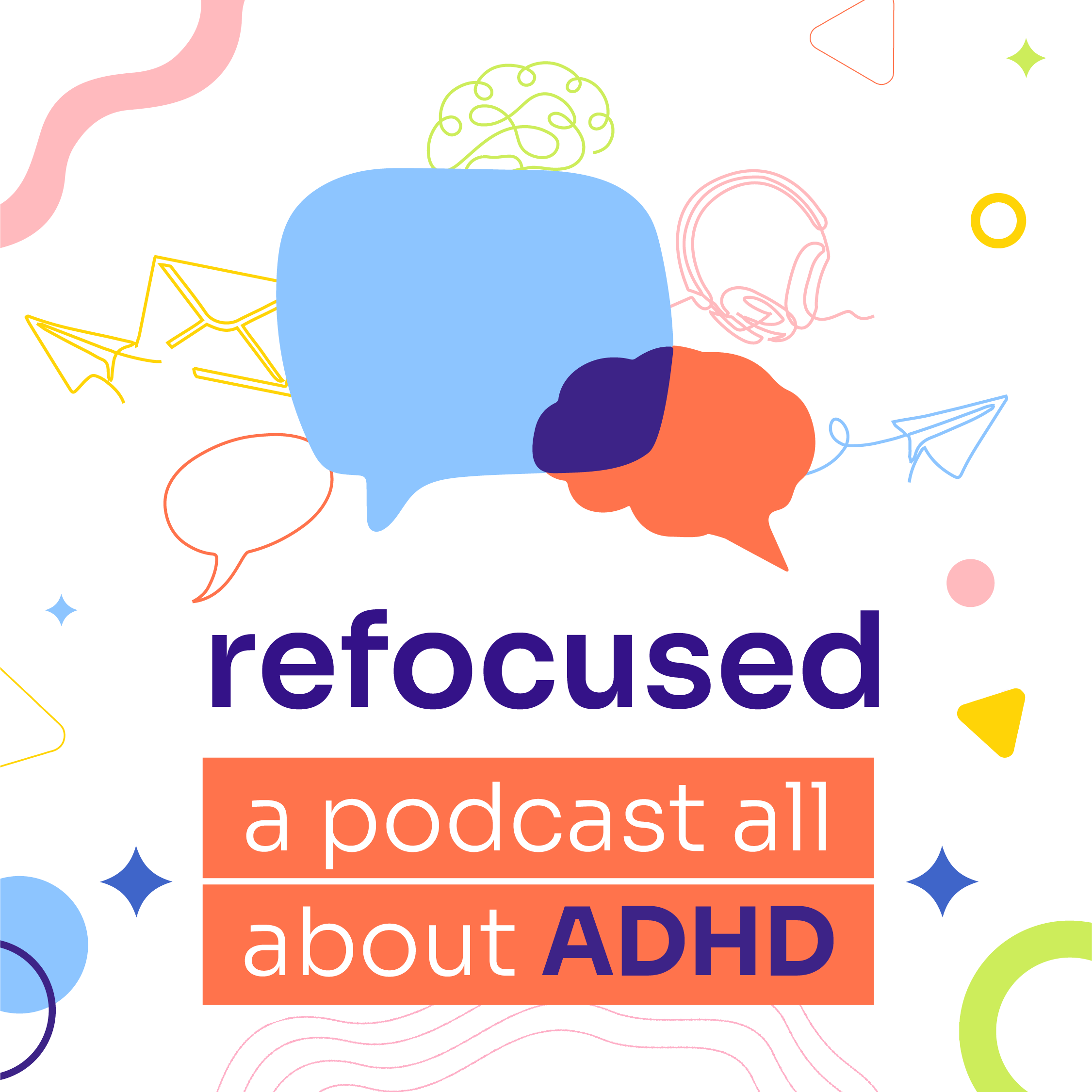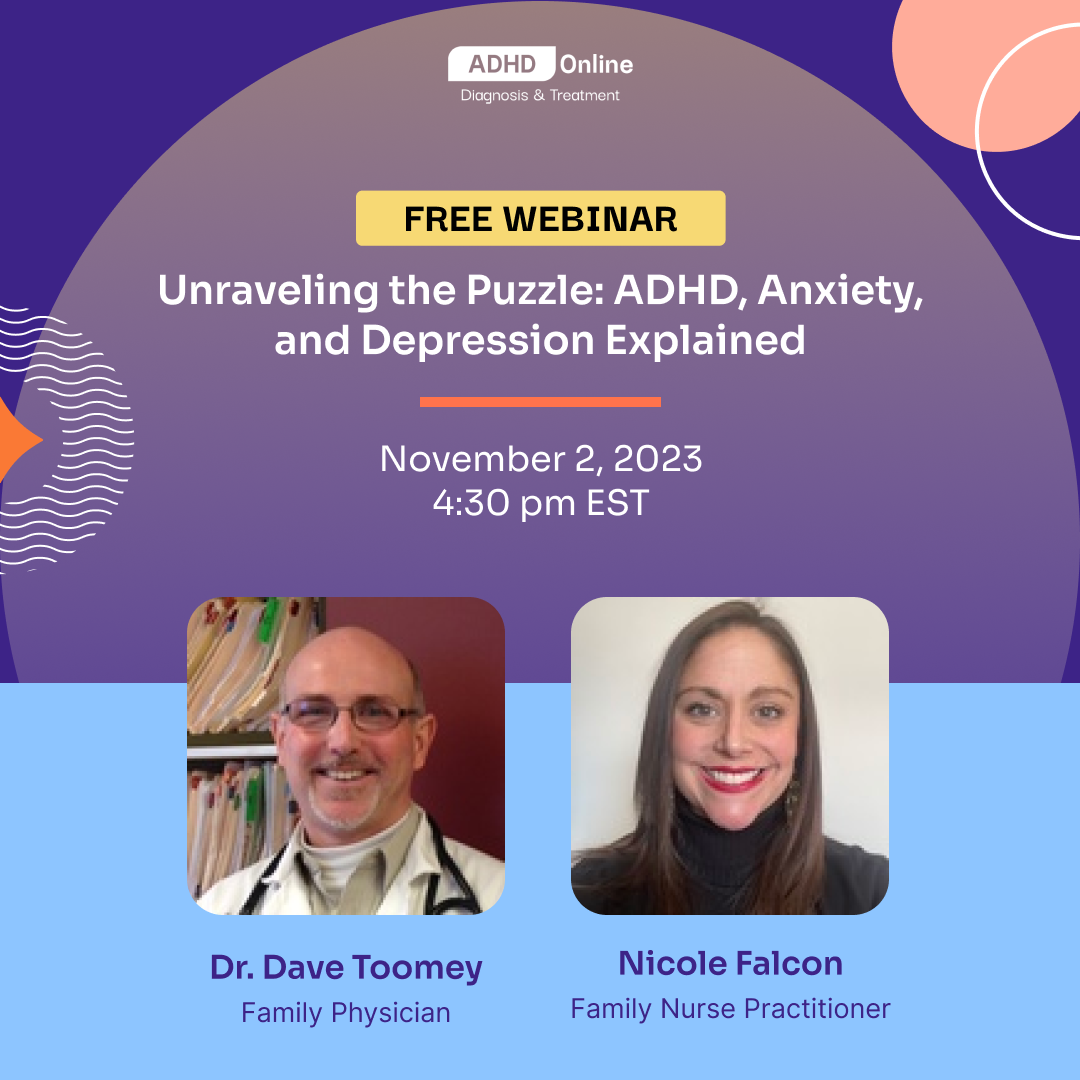School is in full swing, and your child is learning how to navigate the classroom with ADHD. By now, your student should have an individualized education plan (IEP) or be in communication with the school to create one. The IEP maps out resources and accommodations that would be beneficial; however, you and your child should explore multiple options to find which techniques work best. An area that many students with ADHD struggle with is focusing in the classroom. Not all lessons are hands-on or engage your student in the way they learn best. Try out some of these tips to thrive in the classroom.
Take Note
- We all remember things in our own way. Some of us are diligent note-takers, whereas others can mentally catalog information without ever writing anything down. That said, numerous studies find that the physical act of writing down notes increases retention.
- Mark the date the notes are taken. This will keep lessons in the order they were taught and help your student determine which information will be on specific tests.
- Make it a habit that your child takes thorough notes whenever the teacher says that something will be on a test, repeats information twice, gives the class extra time to take notes, or emphasizes the importance of information. Use a special symbol or highlighter color for these types of notes for an added memory boost.
- Once pen has been to paper, that’s not the end! Review your child’s notes with them within 24 hours of the class and have them read their notes out loud for greater retention.
Fidgeting
- Have you ever caught yourself pacing when dealing with a lot of information? A racing mind often leads to a racing body. When forced to sit in a classroom, this can mean a lot of fidgeting. More studies are being done that find children with ADHD may actually improve their concentration with fidgeting. But it’s important to find productive fidgets to keep class on track.
- In recent years, the market for “fidgets” has grown exponentially. What started with spinners has evolved into cubes with buttons, never-ending bubble popping, shapeable sticks, and so much more. Do an online search of fidgets with your child and select one or two that interest them. If your child isn’t sure what fidget to select, start with something simple and cost-effective like pipe cleaners, stress balls, or modeling clay.
- If your child’s teacher allows it, try out alternative seating as well. This can be in the form of an inflatable yoga ball, or a therapy band tied to the chair legs so your child can bounce their legs.
Wandering Thoughts
- We’ve all been there – it’s a nice day, you look out the window, and suddenly you’re daydreaming about the beach or what you’re going to eat for dinner. It can be challenging to harness rogue thoughts, especially for people with ADHD. If possible, ask your child’s teacher to seat them away from as many distractions as possible, such as doors, windows and other high-traffic areas.
- Pick out an idea notebook for your child to write down their questions or thoughts as they occur. This will help them get their ideas onto paper and then refocus on the teacher. Bonus if you can find a small notebook they can keep in their pocket for immediate access.
Close the Tabs
- If you or your student uses a computer or tablet during class, do not open tabs or applications that do not pertain to the lesson. It can be tempting with the World Wide Web at your fingertips, but remember to jot down thoughts in the idea notebook and look them up once class is done.
- Commit to only checking email, social media, or surfing the web to a set number of times each day. Perhaps this is something you or your child can do upon waking, when done studying, or right after dinner. However, you schedule extra screen time, stick to it and set a limit for each session.
- There are some apps and websites that can temporarily block social media sites and other selected websites if you or your child really struggle to focus.
- Turn off or mute notifications during lessons. You can even set up a schedule for when to receive notifications. This will keep the eyes and mind from wandering each time there is a new email or social media ping. Put the phone on silent as well!
Remember, it’s not that your child doesn’t want to pay attention or doesn’t care about learning – they just have a harder time tuning out distractions. Encourage, rather than berate, them to find what stimulates their learning in the classroom. By turning a swarm of distractions into a swarm of learning, your student will have a successful year.




